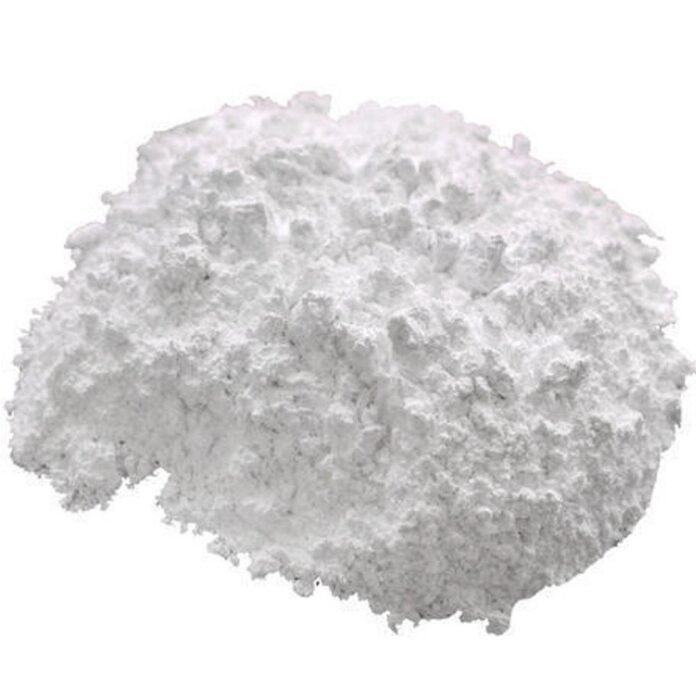Activated calcium carbonate (ACC) plays an essential role in manufacturing due to its unique properties and versatility. From the plastic and rubber industries to pharmaceuticals, this modified form of calcium carbonate has many applications that enhance the performance, strength, and cost-effectiveness of various products. Here’s a look at how ACC contributes across different sectors and why it’s become so valuable in modern manufacturing.
What is Activated Calcium Carbonate?
Activated calcium carbonate is a modified form of calcium carbonate treated to increase its surface area and improve its chemical reactivity. Through a process involving high temperatures and the addition of surfactants, ACC becomes more easily blended into other materials. This makes it especially useful for applications where a smooth texture, improved strength, and effective binding are needed.
Uses of Activated Calcium Carbonate in Manufacturing
Activated calcium carbonate is a critical ingredient in several industries, where it adds to the quality and durability of products. Below are some examples of its applications:
1. Plastics and Polymers
ACC is commonly used in the production of plastic and polymer products. Adding this compound to plastic mixtures not only reduces the overall material costs but also enhances the stiffness and durability of the final product. It also improves impact resistance, helping manufacturers produce more robust plastic goods. By improving the dispersion of calcium carbonate within plastic matrices, ACC allows for a smoother finish and prevents product shrinkage.
2. Rubber and Elastomers
The rubber industry benefits significantly from using activated calcium carbonate as a reinforcing filler. ACC enhances the rubber’s resistance to wear and tear, making it more durable for various applications like automotive parts, footwear, and industrial hoses. Additionally, it provides better dimensional stability and helps reduce production costs without sacrificing the quality of the final product.
3. Paints and Coatings
In paints and coatings, activated calcium carbonate is valued for its ability to improve opacity, gloss, and smoothness. By acting as a filler, ACC increases the thickness of paints and coatings, which allows for better coverage and a more vibrant finish. It also enhances the binding properties, helping the paint adhere more effectively to surfaces. Additionally, ACC helps prevent settling of pigments in paints, ensuring a consistent and long-lasting color.
Advantages of Using Activated Calcium Carbonate
Activated calcium carbonate brings a range of benefits to the manufacturing process, from cost savings to enhanced product properties. Here’s why many industries have adopted it as a core ingredient:
Improved Strength and Durability
One of the biggest advantages of activated calcium carbonate is its ability to improve the strength of materials. By adding ACC to plastics, rubber, and other compounds, manufacturers can create products that are more resistant to stress and breakage. This makes it ideal for items that need to withstand significant wear and tear.
Cost-Effective Solution
Since activated calcium carbonate is relatively inexpensive, it is an economical choice for manufacturers looking to reduce costs. By using ACC as a filler or additive, companies can cut down on the volume of more expensive base materials without compromising quality. This can be especially advantageous in large-scale manufacturing where cost control is crucial.
Enhances Product Aesthetics
ACC helps achieve a smoother, glossier, and more refined appearance in finished products. In paints and coatings, for example, it enhances the glossiness and color vibrancy, resulting in a visually appealing finish. In plastics and rubbers, it gives a smoother texture and appearance, which is particularly valuable for consumer goods.
Environmental Benefits
Another important aspect of activated calcium carbonate is its environmental impact. Since it can be used as a filler, ACC reduces the amount of non-renewable materials required in manufacturing processes. This means that industries using ACC can help conserve resources and reduce waste. Moreover, calcium carbonate is naturally abundant, making it a more sustainable choice compared to some synthetic alternatives.
Conclusion
Activated calcium carbonate is a valuable additive across various industries, helping to improve product quality, lower costs, and support environmental sustainability. Its versatility and efficiency make it an ideal choice for applications in plastics, rubber, paints, and beyond. As industries continue to innovate, activated calcium carbonate is likely to play an even more significant role in manufacturing, helping companies deliver durable, cost-effective, and environmentally friendly products.


